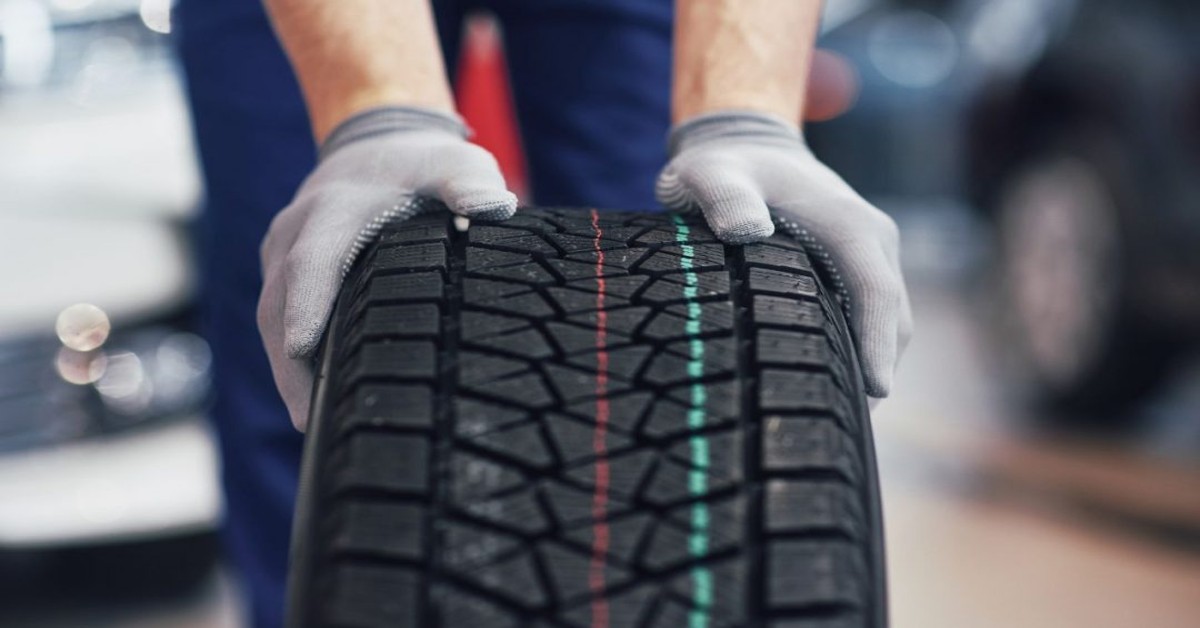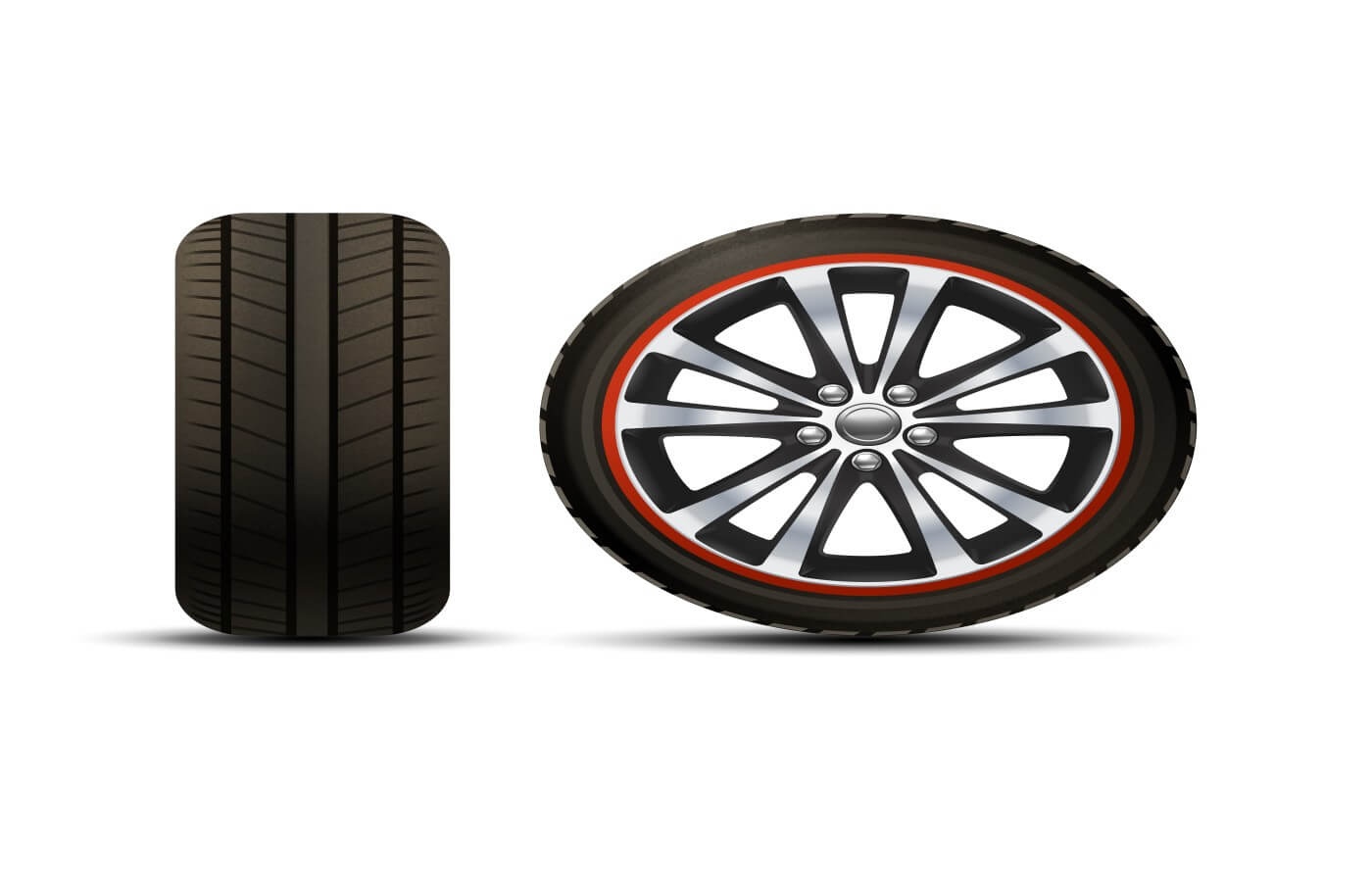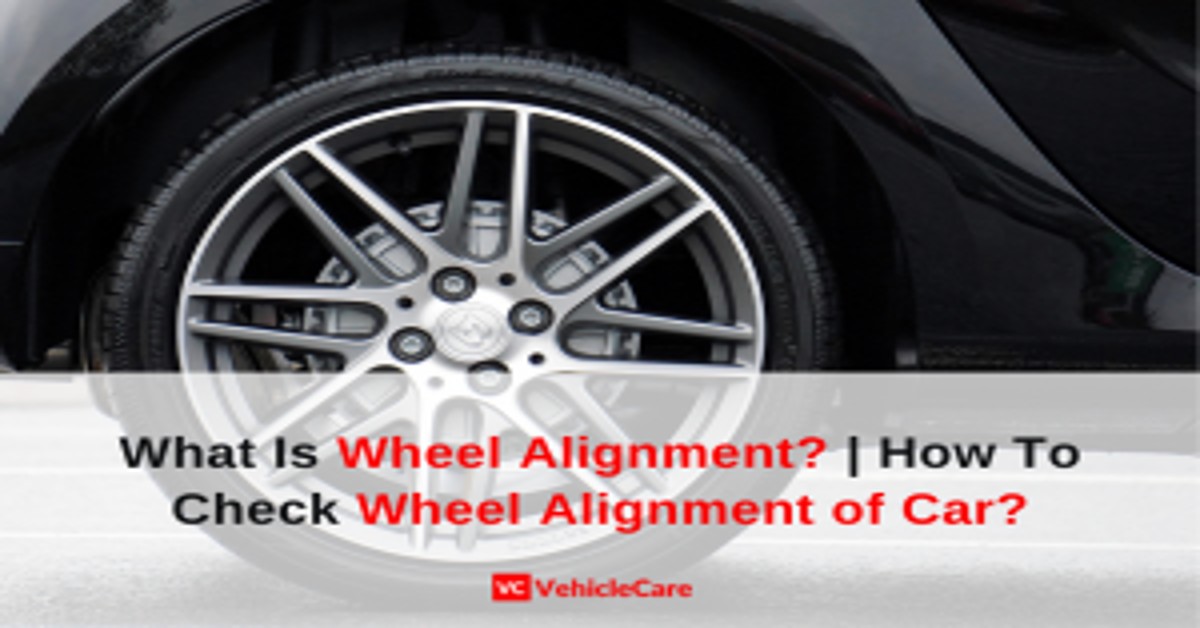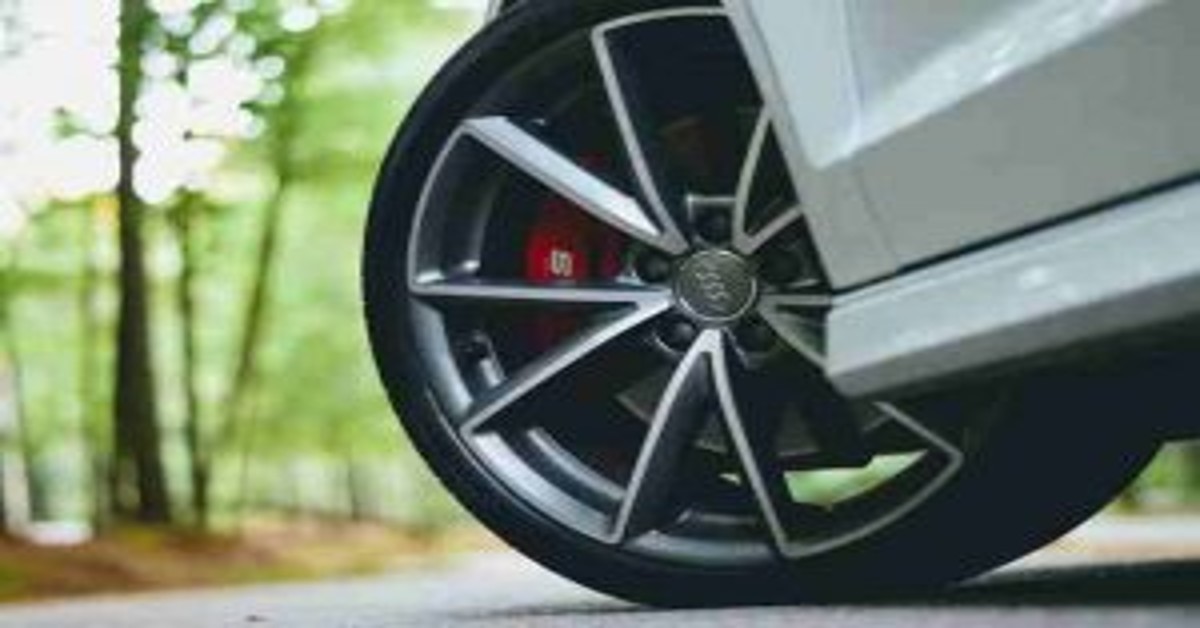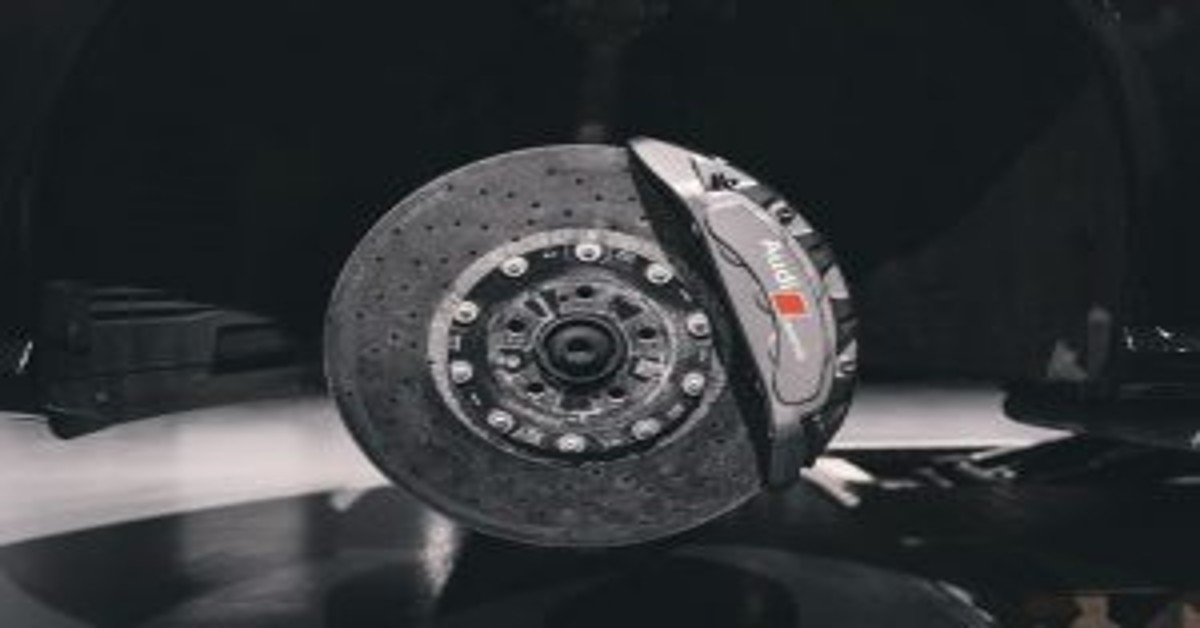At one point or another, we all have wondered what those cryptic codes, written on the sidewall of our tyres mean. What’s their purpose? Why are they printed?
The sidewalls of your tires display a swathe of useful information related to the vehicle. It usually comes in handy when buying new tyres and is something you should have the knowledge to understand.
But a long alphanumeric strip of data like 205/55/R16 91V can be easily lost on anyone and even seem overwhelming at first to understand. But worry not. We’re here to break it down for you in a simple sectional dissection of this seemingly hard-to-understand code so follow along.
Table of Contents
A
First things first! How big are your tyres? The 205 printed on the beginning of the sidewall is the maximum width of your tires when mounted on a wheel represented in mm.
B
The two numbers coming after the slash represent the aspect ratio. In this case, the height of the sidewall is 55 per cent of the width of the tyre.
C
Moving along, the R, next up tells us about the construction of the tyres. R stands for radial which is also the most common type of tyre construction available on the roads. There are two other types of tyre construction you should know about. B and D. B stands for Bias Ply and D is for diagonal construction. These numbers inform about the size of the wheel, the tyres are fitted on. It is the diameter of the tire that can be extended onto a wheel.
Radial Vs Bias Ply Vs Bias Belted Tyres
Radial Tyre is the most commonly used tyres for both cars and motorcycles. Radial tyres have steel belts running at a 90° angle from the tyre tread centre.
Bias-Ply, also known as cross-ply or diagonal tyre, have nylon belts running at a 45° angle from the tyre tread centre.
Bias-Belted tyre is kind of a hybrid of bias ply and radial tyres. They have the same 45° construction as that of bias-ply but with steel, cables found in radial tyres.
D
Load Index – it is the maximum weight the tyre can support when fully inflated. In this case, the number 91 is the code for load the tires can carry at their maximum capacity. The index of load capacity ranges from 75 to 105 in which each code specifies a different value.
E
The final alphabet in the sequence is the speed rating. It ranges right from A all the way to Z. Each letter starting from A represents a numeric value higher and higher commensurate with its load capacity.
| Speed Variable | Speed(km/h) | Speed(mph) |
| A1 | 5 | 3 |
| A2 | 10 | 6 |
| A3 | 15 | 9 |
| A4 | 20 | 12 |
| A5 | 25 | 16 |
| A6 | 30 | 19 |
| A7 | 25 | 25 |
| A8 | 30 | 31 |
| B | 40 | 37 |
| C | 50 | 40 |
| D | 60 | 43 |
| E | 65 | 50 |
| F | 70 | 56 |
| G | 80 | 62 |
| H | 90 | 68 |
| I | 100 | 75 |
| J | 110 | 81 |
| K | 120 | 87 |
| L | 130 | 94 |
| M | 140 | 100 |
| N | 150 | 106 |
| O | 160 | 112 |
| P | 170 | 118 |
| Q | 180 | 124 |
| R | 190 | 130 |
| S | 200 | 137 |
| T | 210 | 140 |
| U | 220 | 145 |
| H | 230 | 149 |
| V | 240 | 155 |
| W | 250 | 168 |
| Y | 260 | 170 |
| Y- | 300 | 186 |
F
On one of the sides of the sidewall, you will see the name or model of the tire printed.
G
Besides the code for maximum load, the tyre may sometimes also print the maximum load the tyres can handle in kgs and lbs.
H
This here marks the maximum PSI for the tyres. Most cars will have a pressure index between 30 – 40 which is ideally what you should keep your tyres inflated at. Over Inflating or under inflating the tyres can lead to poor performance and faster tread wear.
I
On the opposite side of the model name, you would typically see the brand logo and or the moniker printed.
How You Can Take Better Care Of Your Tyres
With the information now available at hand, there are a lot of decisions you could take that would otherwise have been available to you due to lack of knowledge.
Typically during replacing old tyres, you could use this information to better choose the next set of tyres for your car and further extract a longer lifespan by taking care of the details mentioned.
Keeping The Right Tyre Pressure
Overinflating the tyres or underinflation is a common slip when you don’t exactly know the maximum permissible limit.
And consequently, the effects of such misfill are reduced life, uneven tread wear and frequent blowouts. Being aware of the right PSI will help you get the most out of your tyres and also make the ride much smoother.
Keeping The Weight In Check
Overloading is never a good thing. But it can be quite hard to figure out the maximum load your tires can take without jeopardizing their performance.
Knowing this information can help you be gentler on your vehicle and avoid the dangers of overloading.
Choosing Better Tyres
While buying new Tyres, you may sometimes have the heart for a different, maybe this time a wider grip of tyre.
But generally, deviating from manufacturer recommended sizes can have negative effects on the performance of your vehicle.
So in order for you to choose the right type of tyre it is extremely important that you be aware of the various other metrics that need to be adjusted, when something so significant as the size of the tyre is being altered.







